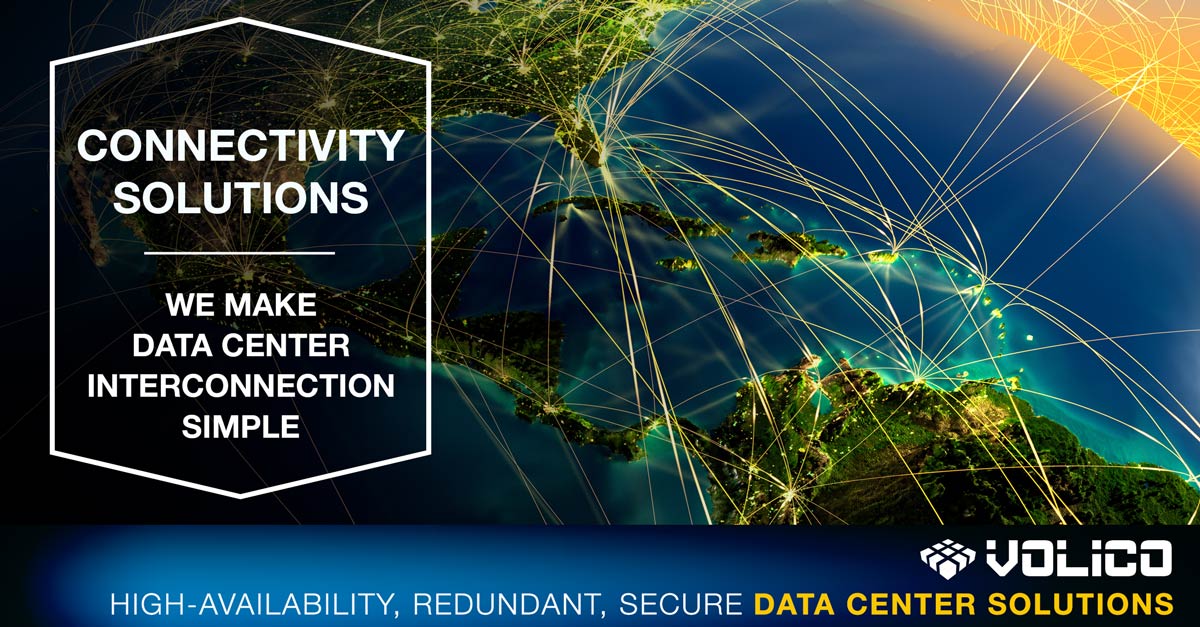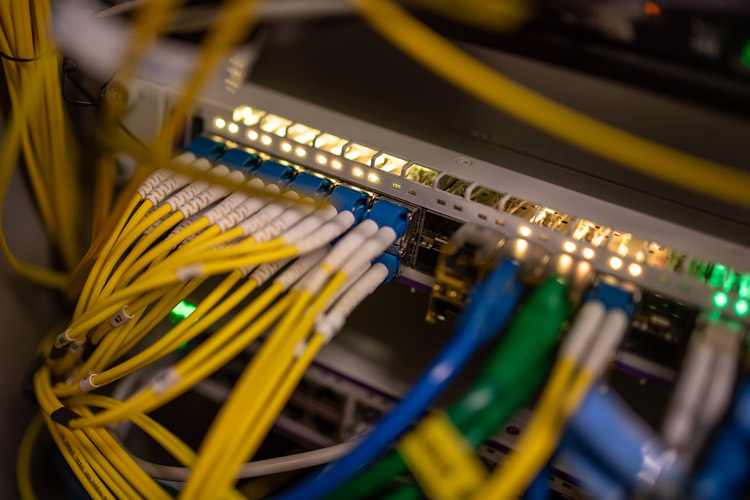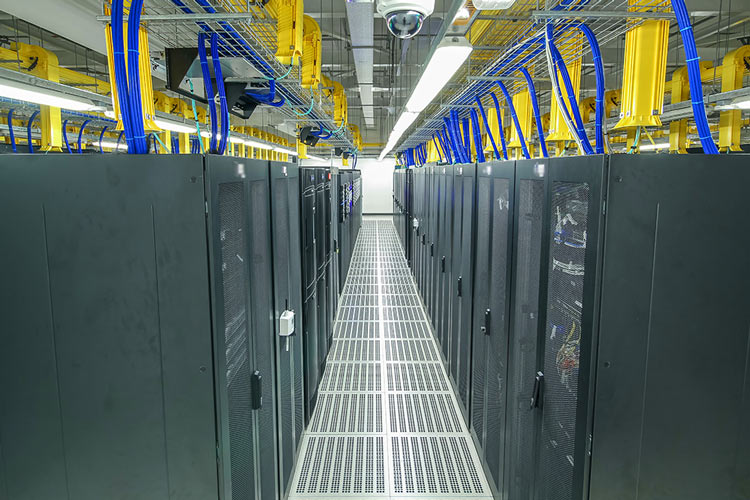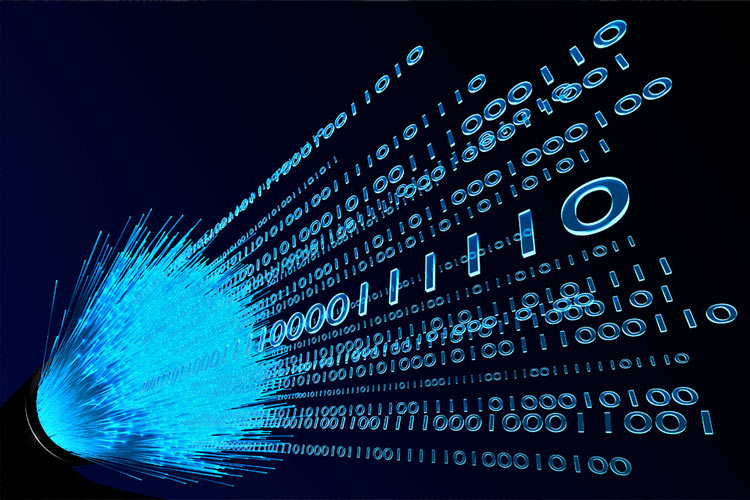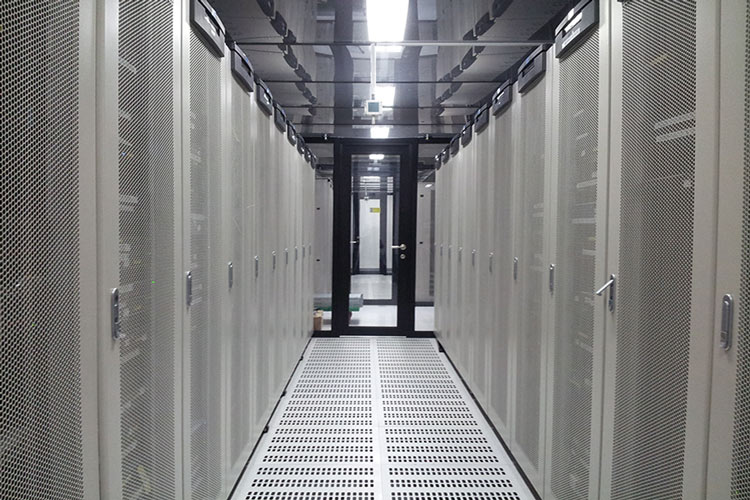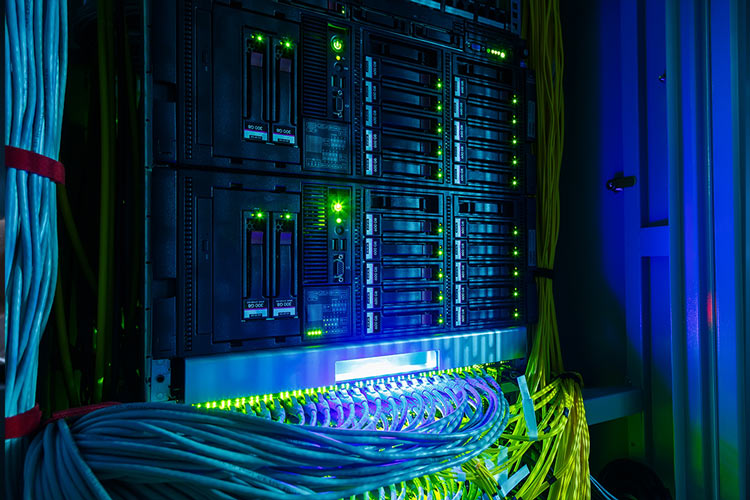As data centers handle increasing volumes of data from cloud services, streaming, and big data analytics, the need for performance is becoming more important each day. Enabling high-speed data transmission and quicker access to information processing, high-performance data center fiber connectivity is essential for maxing out transfer speeds, which is so necessary today for real-time applications.
Seamless communication worldwide, reliability, and scalability are essential for supporting business operations, and the more traditional copper cabling hasn’t been designed for today’s demand. Due to superior bandwidth, speed, and reliability, data center fiber connectivity has become the backbone of network performance. Businesses strive for connections that can support higher data throughput for applications that need large-scale data transfers and offer the flexibility to adapt to growing demands.
In this guide to data center fiber connectivity, we explore why it is a future-proof solution and essential for achieving performance goals.
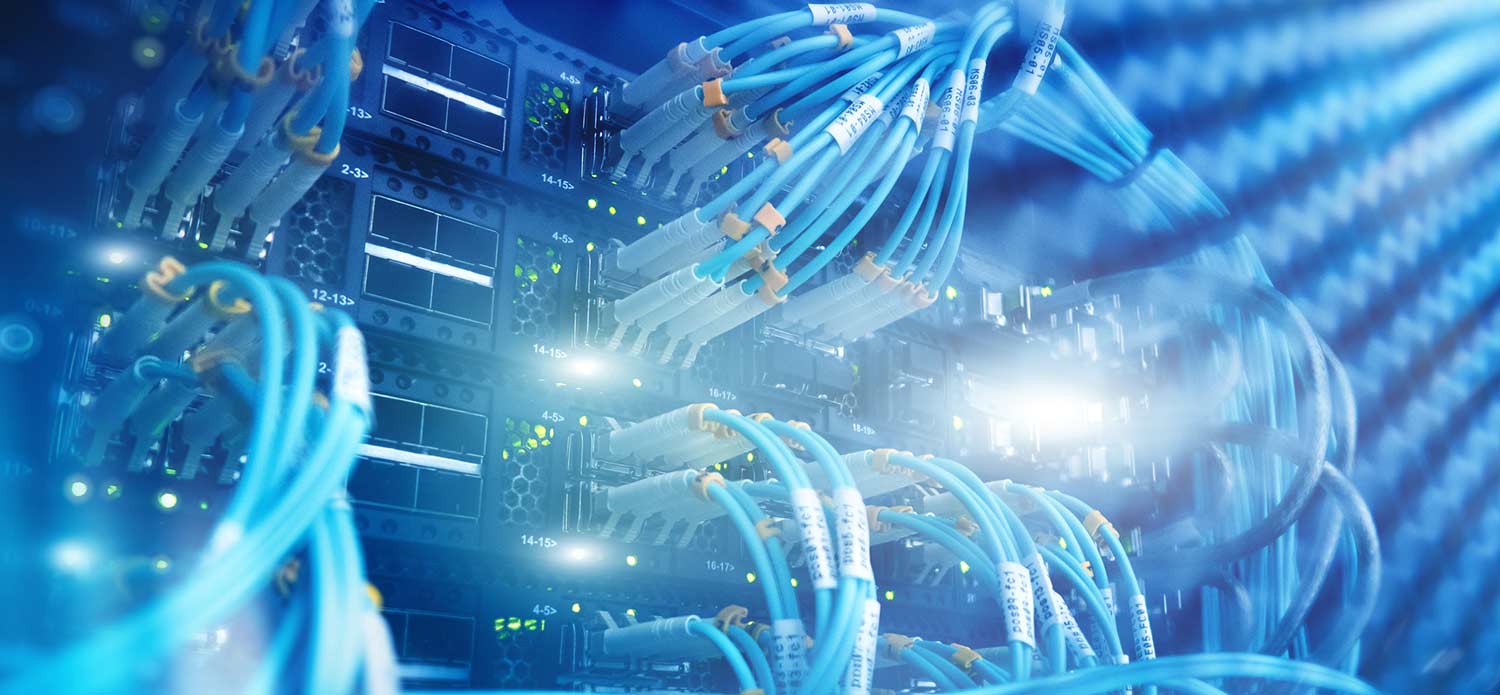
What Are the Advantages of Data Center Fiber Connectivity?
Fiber optic cables offer several advantages as opposed to traditional copper cables, making it an ideal choice for data centers designing their infrastructures for performance. Here are a few highlights of the main benefits.
High Bandwidth, High Speed
When it comes to bandwidth and speed, fiber optic cables are second to none. This high-speed connectivity is the foundation for fast data transfer rates, handling increasing data volumes, and the constantly growing demands of today’s applications. Supporting cloud computing, streaming services, and big data requires more than what copper can manage. However, fiber optic cables are a solution that can handle this demand.
Achieving Low-Latency Goals
By offering rapid data transmission, data center fiber connectivity minimizes latency by reducing delays. Low latency is a must in today’s digital world, where everything is hinging on good connectivity. It is indispensable for video conferencing, all kinds of financial transactions, gaming, and healthcare. Now that we are used to everything working instantly, every second makes a difference.
Better on Long-Distances
Fiber can transmit data over much larger distances than copper without signal degradation. This quality of fiber allows geographically dispersed areas to connect, supporting large-scale, worldwide infrastructures.
More Reliable and Durable
While copper cables are susceptible to electromagnetic interference, fiber optic cables are built to be immune to interference and signal attenuation. Temperature and moisture fluctuations can also be environmental problems with copper; however, fiber offers high reliability and durability, maintaining consistent performance.
More Secure and Energy-Efficient
Data center fiber connectivity offers greater protection against eavesdropping and data breaches. Fiber is built to ensure data integrity and a higher degree of protection against threats. Moreover, fiber consumes 70% less energy than copper for data transmission.
A Solution for the Future
With the growing demand for high-speed internet and emerging technologies like 5G, AI, and IoT, fiber connectivity is essential for data centers to adapt and stay on the competitive edge. Investing in fiber now is a step to ensure performance with a future-proof solution.
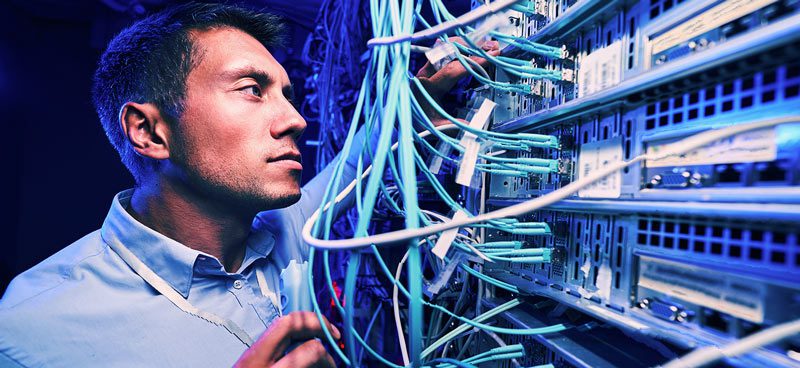
Fiber Applications in the Data Center
Data center fiber connectivity has many key purposes in the ecosystem. Here are a few of the most important.
The Data Center Backbone
The data center backbone is the core infrastructure that connects everything in the data center: the devices, servers, storage, and systems. Fiber is ideal for the backbone. The high-capacity fiber optic cables, high-performance switches, and routers provide the huge bandwidth capacity and low latency necessary for efficient data transfer. The backbone ensures seamless communication between different parts of the data center network infrastructure, facilitating high-speed data processing, storage, and retrieval.
Server Interconnections and Data Center Interconnections
Fiber optic cables can create interconnections between servers within the data center. It is increasingly used for high-performance computing clusters and storage area networks. Ensuring these connections is important for high-demand applications like cloud computing and AI.
Moreover, interconnections between multiple data centers allow them to work as a large cohesive unit. These interconnections are essential for disaster recovery, load balancing, and data replications. Datacenter fiber connectivity is thus essential for the seamless sharing of resources across dispersed locations, offering the security of redundancy.
High-Performance Computing
HPC involves the use of supercomputers and requires powerful servers, storage, and networking infrastructure to support applications. HPC is used in fields like research and machine learning, enabling the fast and efficient processing of massive amounts of data. Fiber connectivity is crucial for enabling the rapid exchange of data between large computing nodes.
External Connectivity
Data center connectivity ensures the data center’s connection to the outside world. This involves massive amounts of data flowing in and out of the facility, which can require high bandwidth over big distances and can only be handled by fiber. External connectivity enables access to cloud services, allowing remote access and supporting global business operations.
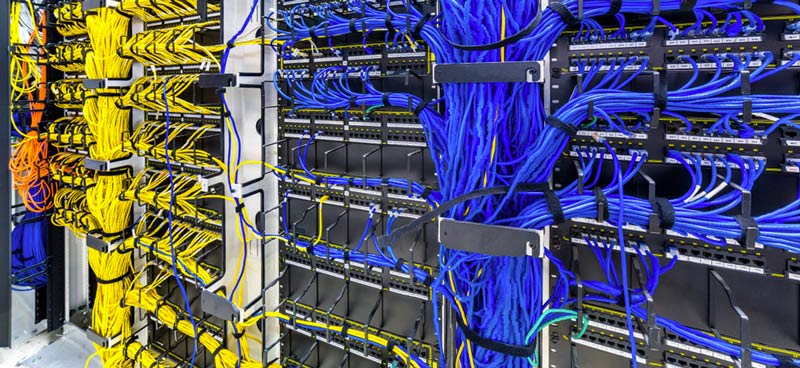
Best Practices for Implementing Data Center Fiber Connectivity
Now that we know how fiber connectivity is used and why it’s advantageous, let’s take a look at a few data center best practices.
Selecting the Right Type of Fiber
Choosing the right type of fiber is crucial when it comes to optimizing data center performance. There are different types of fiber for different needs, each one offering different advantages.
Types of Fiber
Single-mode fiber (SMF and multi-mode fiber (MMF) are the primary options. SMF has a smaller core and is ideal for long-distance transmissions and high-bandwidth applications due to its low attenuation and high bandwidth capacity. MMF, on the other hand, has a larger core and is a more cost-effective solution for short-range connections, such as specific interconnections within the data center. MMFs provide high data rates without the need for complex electronics. A third option is active optical cables, or AOCs, which include a built-in transceiver module. These can be good for saving space and simplifying deployments because they remove the need for separate transceivers.
Selecting the right type of fiber depends on factors like distance, bandwidth requirements, budget, and network needs.
Designing and Installing Fiber Networks
To ensure the best performance and durability, it is essential to design with careful planning and commit to precise execution as well as to upkeep measures. The first step is evaluating realistically the present and future needs of the data center. Choosing the right topology is crucial for redundancy and fault tolerance. Next, optimal planning of cable routes helps avoid obstructions and offers easy access, but also protects the cables from the risks of signal loss. In addition to following industry standards in every aspect of the design, it’s important to conduct thorough post-installation testing as well. Regular maintenance and continuous monitoring are fundamental for quick and efficient troubleshooting and fast resolution in case issues appear.
Ensuring Proper Cable Management
Data center fiber connectivity is most efficient and performant with an effective cable management strategy in place. Data center cable labeling, color codes, and well-structured cabling techniques are essential for preventing tangling, which can create issues. To prevent this, separating larger trunk cables from smaller patch cords and, similarly, separating copper from fiber in different pathways can be crucial. These best practices make the data center cable plant accessible, and also directly impact performance. For instance, running the right kind of cables in specific raceways can be crucial to prevent bending and suffering in performance. Also, too many cables filling a tray can restrict airflow, causing the cable to overheat, which can, again, impact performance.
Plan for the Future With Volico
Advanced data center fiber connectivity is indispensable for enhancing performance. Volico Data Centers’ network is designed to handle different needs with 100% redundant CISCO equipment. Our network is secured from denial-of-service attacks, with spam filtering and intrusion detection ensured. Volico’s fiber cabling has been designed for scalability, offering the security of virtually unlimited growth capacity. Our top-tier, carrier-neutral colocation data centers offer secure and dynamic connectivity solutions to leading telecom carriers, ISPs, and hyper-scale cloud providers for your business needs.
If you’d like to learn more about data center fiber connectivity, feel free to leave us a message in chat or call (305) 735-8098 to speak to one of our experts and have your questions answered.
